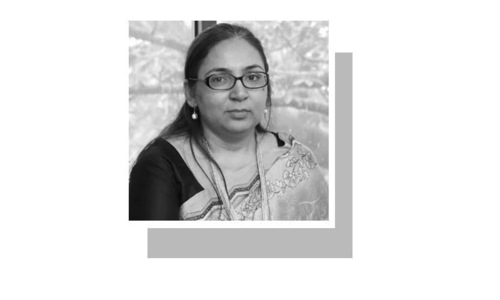LAHORE: A proposal to cut the cost of energy for textile exporters, especially from Punjab, looks likely to die a natural death awaiting the prime minister’s nod, according to the commerce and textile minister.
“Yes, a proposal to reduce the cost of doing business for making our exports viable on the international markets is on the table,” Minister for Commerce and Textile Pervaiz Malik briefly told Dawn on Saturday. “I don’t know if it will be approved before the budget. I cannot say.”
A senior official in the textile minister confirmed to this reporter that the proposal had been on the table of Prime Minister Shahid Khaqan Abbasi for several weeks now. “We are not sure if it will be accepted… the government is not in a position to ‘upset’ the International Monetary Fund (IMF) at the moment because the proposed package will have substantial impact on the budget deficit and inter-corporate power sector debt,” he said on condition of anonymity.
The ministry has suggested a cut of Rs2 per unit in the cost of electricity supplied to the export-oriented industries besides halving the price of RLNG (re-gasified liquefied natural gas) to 600mmBtu for factories in Punjab.
Basic textile manufacturers contend that the viability of the industry has now reached a point where massive closures of factories across the value chain are imminent in Punjab because of much-higher-than-regional gas and power prices as energy constitutes 35pc of their conversion cost.
“Gas price for the (Punjab) industry has been increased to Rs1200 per mmbtu from December last year against Rs600 per mmbtu in Sindh, Khyber Pakhtunkhwa and Balochistan. In addition, the users of grid electricity have to pay an additional surcharge of Rs3.6 per unit on their bills to make up for the losses incurred by distribution companies because of power theft and transmission losses,” a yarn exporter noted.
He pointed to the rising trade deficit and the inelastic nature of the country’s imports, saying that efforts like regulatory duties were failing to reduce the deficit and there was no other option other than raising exports or further borrowing.
Imports in January surged by 14.2 per cent month-on-month, according to latest data released by the Pakistan Bureau of Statistics. Exports, meanwhile, registered a slight decline of 0.3pc, after accounting for the depreciation of the rupee, suggesting that the rise in exports seen since July might be tapering off. Year-on-year increase in exports during January, however, was 11pc.
Published in Dawn, February 11th, 2018













































